
Easy Diy Fun Game Ideas For Kids To Keep Kids Engaged
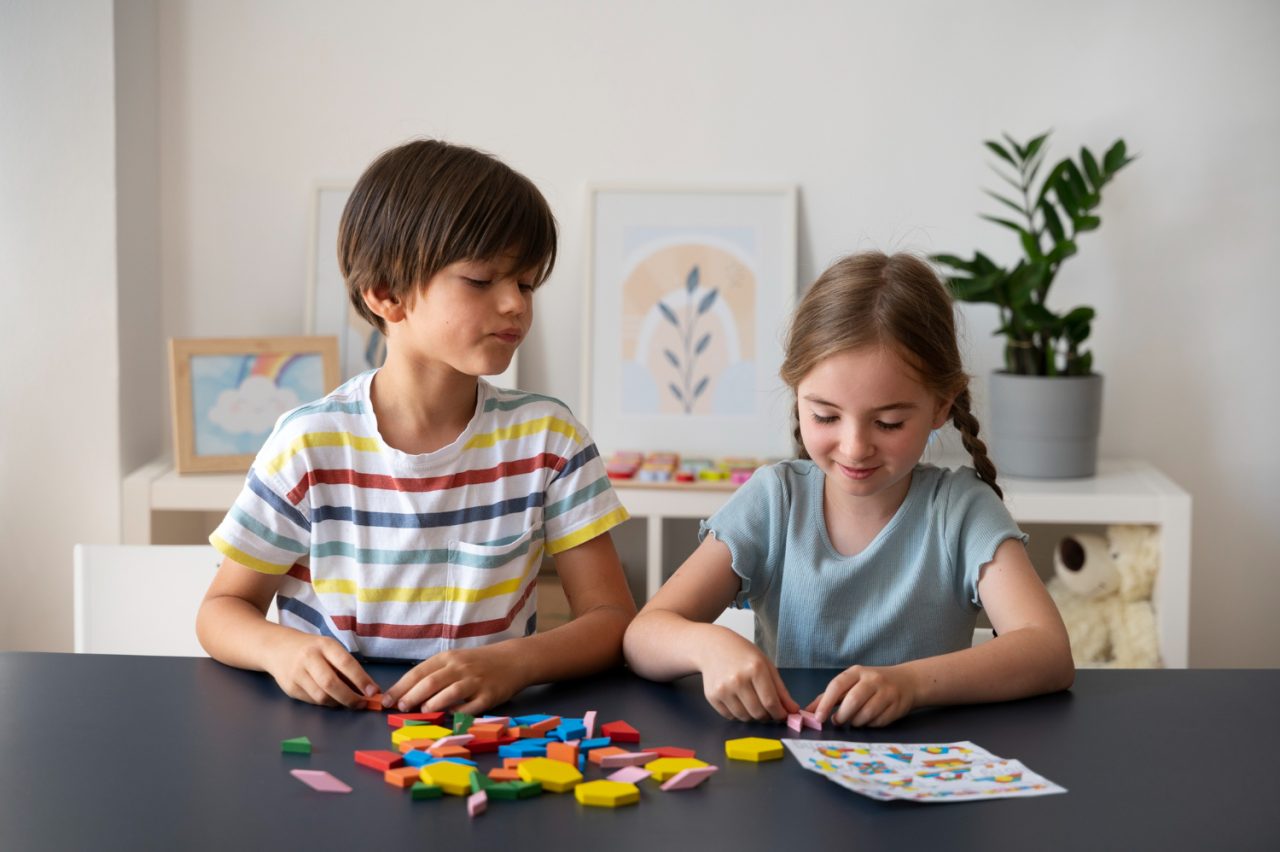
Parents and caregivers know that keeping kids entertained and engaged can be a challenge. DIY game boards offer a creative and interactive solution that encourages children to think critically while having fun.
These hands-on projects allow kids to tap into their imagination, create their own games, and even learn new skills in the process. From simple designs using everyday materials to more intricate setups that add exciting twists, DIY game boards provide endless possibilities for family fun. Kids can customize the rules, shapes, and characters, making each game unique to them.
Not only will this spark their creativity, but it will also foster teamwork and problem-solving skills. If you’re looking for a new way to engage your children while giving them a break from screens, crafting your own game boards might just be the perfect solution!
Table of Contents
ToggleDIY Fun Game Board Ideas for Kids
Game boards are a great way to bring fun and learning together for kids. Making a game board at home can be an exciting activity for both parents and children.
Not only do these games promote creative thinking, but they also help in developing important skills like problem-solving, teamwork, and communication. In this post, you will find 10 exciting DIY game board ideas that will entertain your kids and boost their creativity. These games are simple to create and are perfect for children of various ages.
1. Classic Snakes and Ladders
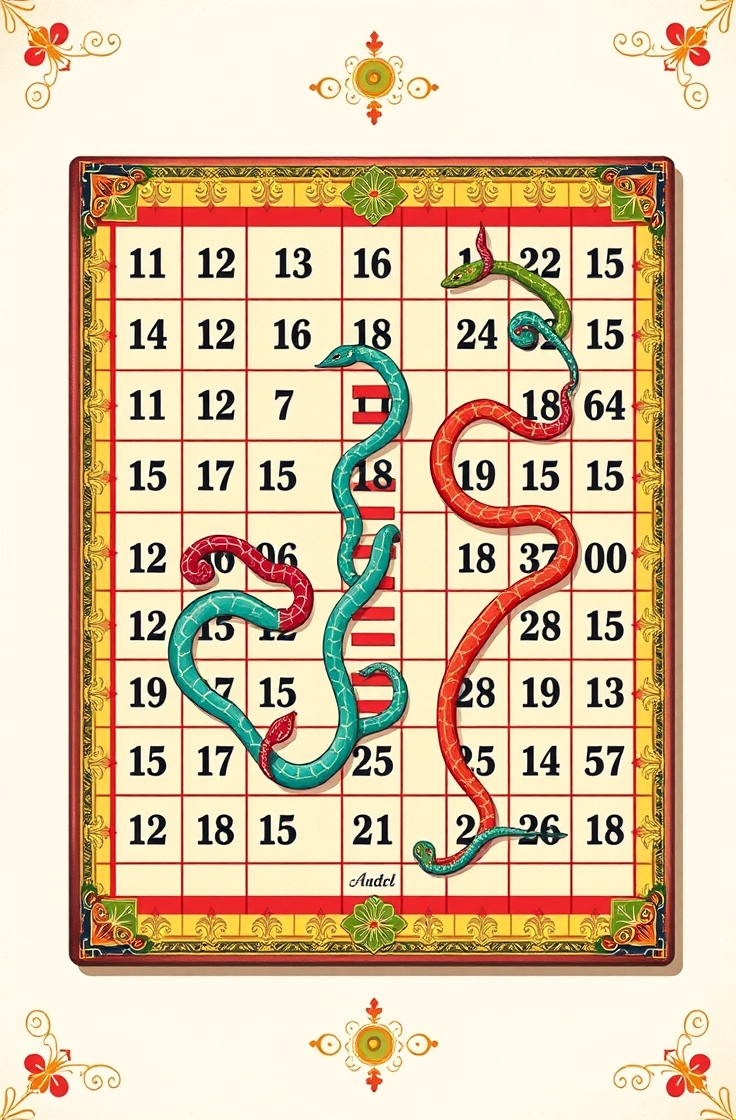
Snakes and Ladders is a classic game that never goes out of style. It’s simple to make and play. To create a Snakes and Ladders board, you can use a large sheet of cardboard or any sturdy paper. Draw a grid with 10 rows and 10 columns. Number each square from 1 to 100. Then, add some snakes (made from curvy lines) and ladders (straight lines) on different squares.
To play, children will roll a dice and move their pieces up or down the board according to the numbers they roll. The goal is to reach the last square first. It’s a fun game that helps with counting and number recognition.
2. Memory Match Game
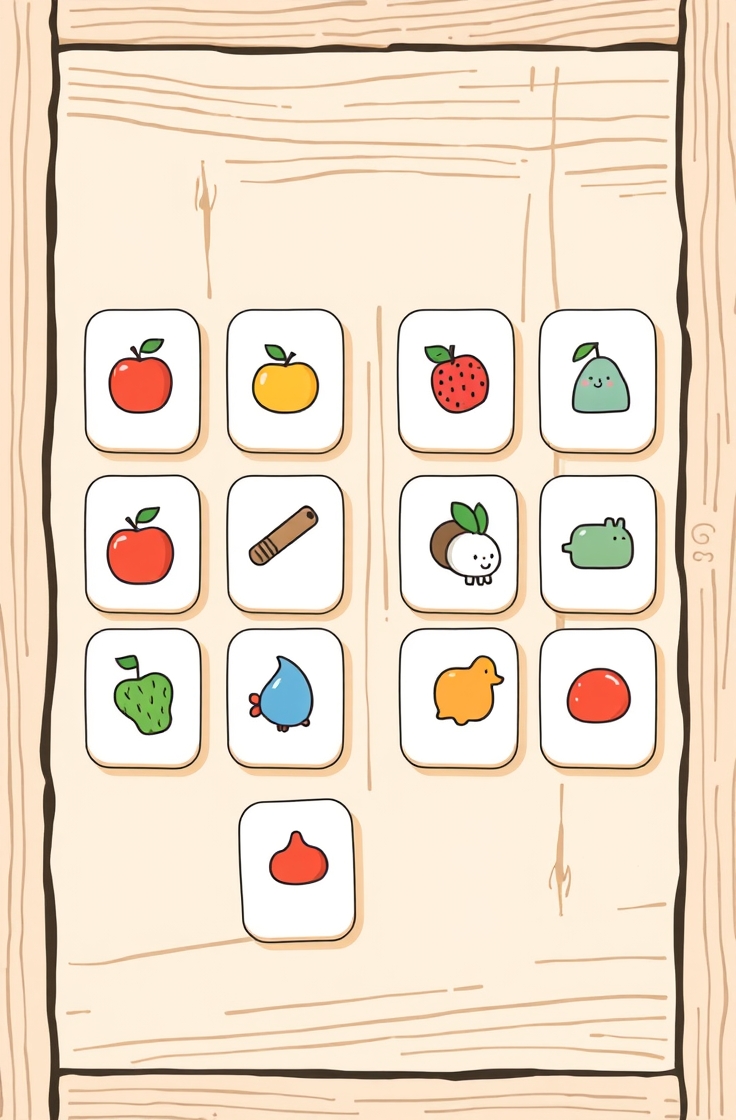
A memory match game helps improve memory and concentration. You can make it with just a few materials: some cardboard, scissors, and markers. Cut out small squares of cardboard and write simple pictures or words on them. For younger children, use pictures of animals, fruits, or toys. For older kids, you can use words or numbers.
Place all the cards face down, and each player will take turns flipping two cards at a time to find matching pairs. The player with the most pairs wins. This game is great for children’s cognitive development.
3. Board Game of Tic-Tac-Toe
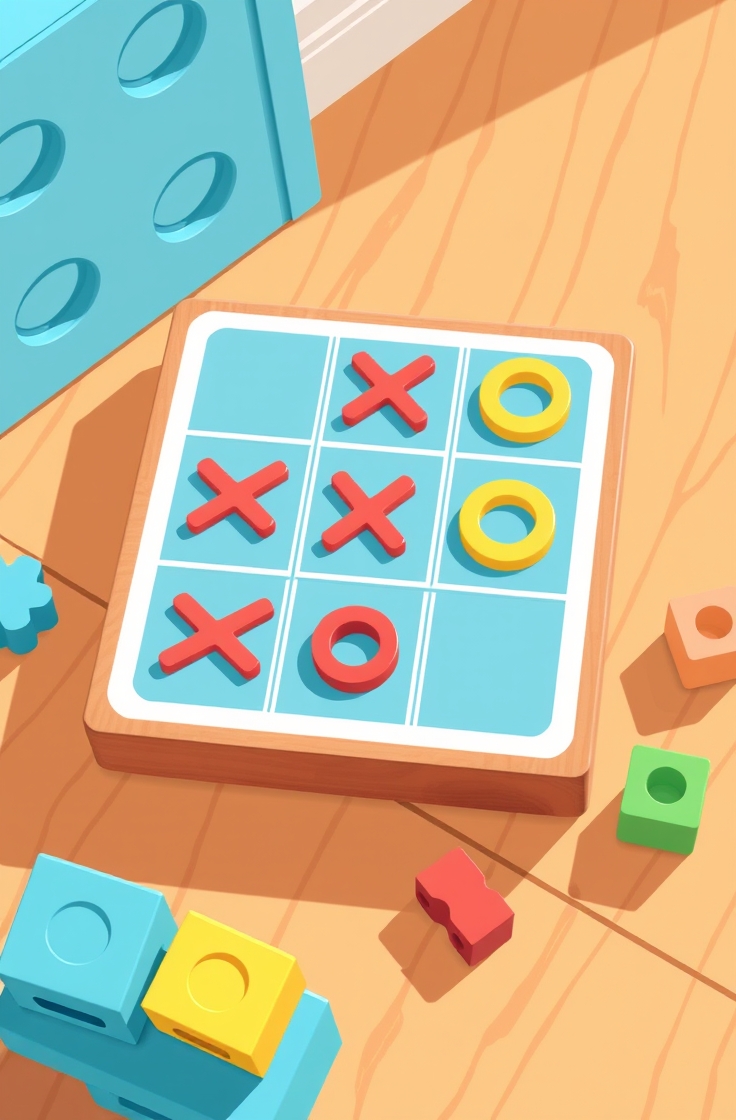
Tic-Tac-Toe is a quick and fun game that can be played anywhere. It’s easy to make your own board by drawing a simple 3×3 grid on paper or cardboard. One player uses Xs, and the other uses Os. The goal is to get three of their marks in a row, either horizontally, vertically, or diagonally.
This game is perfect for kids to practice their thinking and strategy skills. Plus, it’s portable, so you can take it anywhere and play on the go.
4. Candy Land
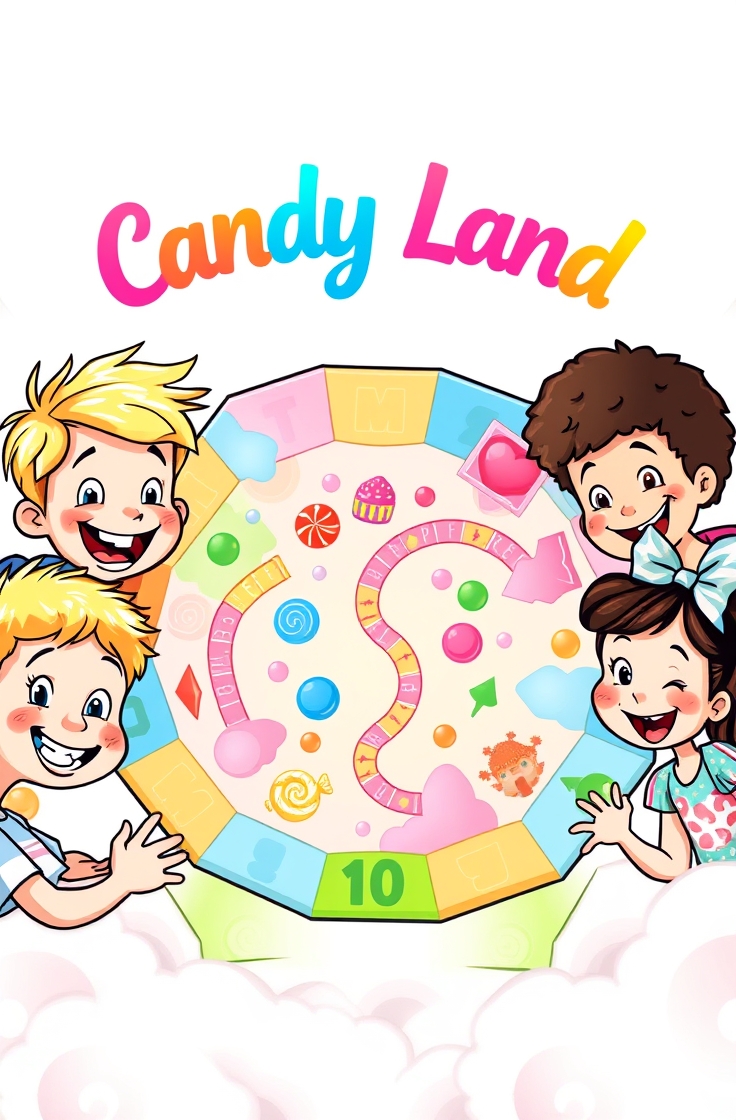
Candy Land is a colorful game that children love. You can create a homemade version by drawing a path on a large sheet of paper. Make sure the path is filled with colorful squares. Each square can represent a different part of the candy world, like a chocolate mountain, a gumdrop forest, or a candy cane lane.
To play, you can use cards to tell the player which color square to move to. This game is great for younger children who are learning colors and basic counting. Plus, it adds a fun element of imagination as they explore the candy world.
5. Obstacle Course Challenge
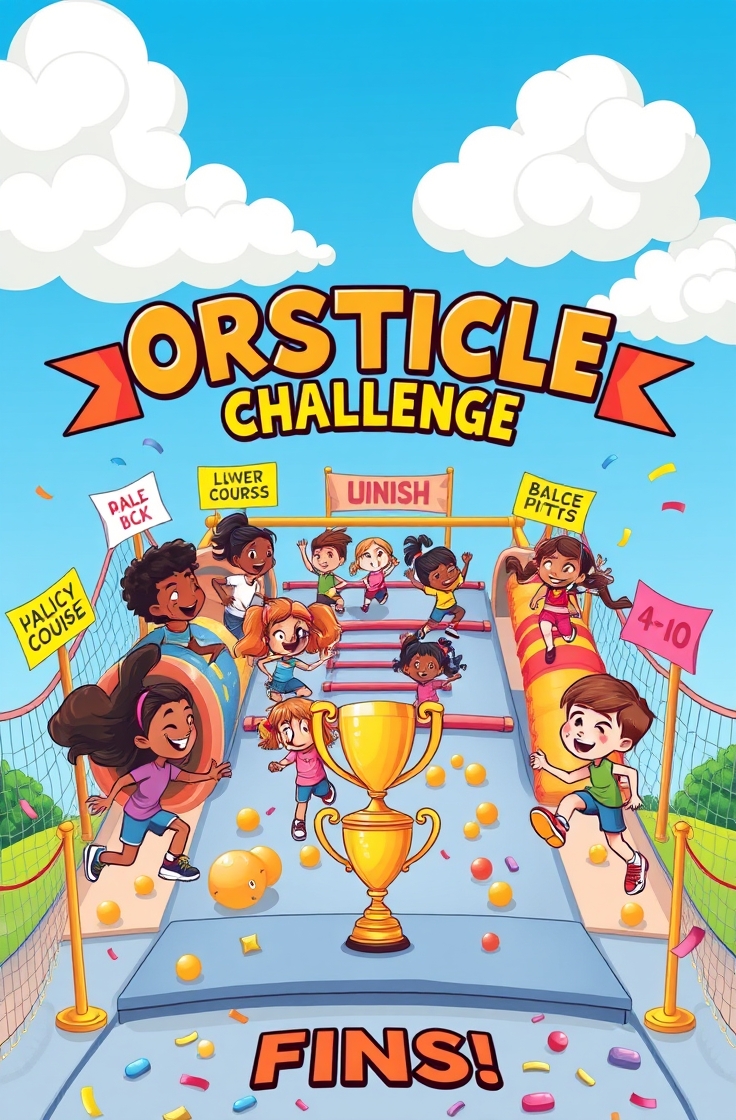
An obstacle course game board is all about physical movement. For this game, you don’t need a typical board. Instead, create an obstacle course in your living room, backyard, or any available space. Use chairs, pillows, blankets, and other household items to make different challenges that kids need to complete to move forward.
This game is great for active kids and helps with motor skills and coordination. To add more fun, you can time the kids to see who completes the course fastest, or give them different challenges at each station.
6. Treasure Hunt Board Game
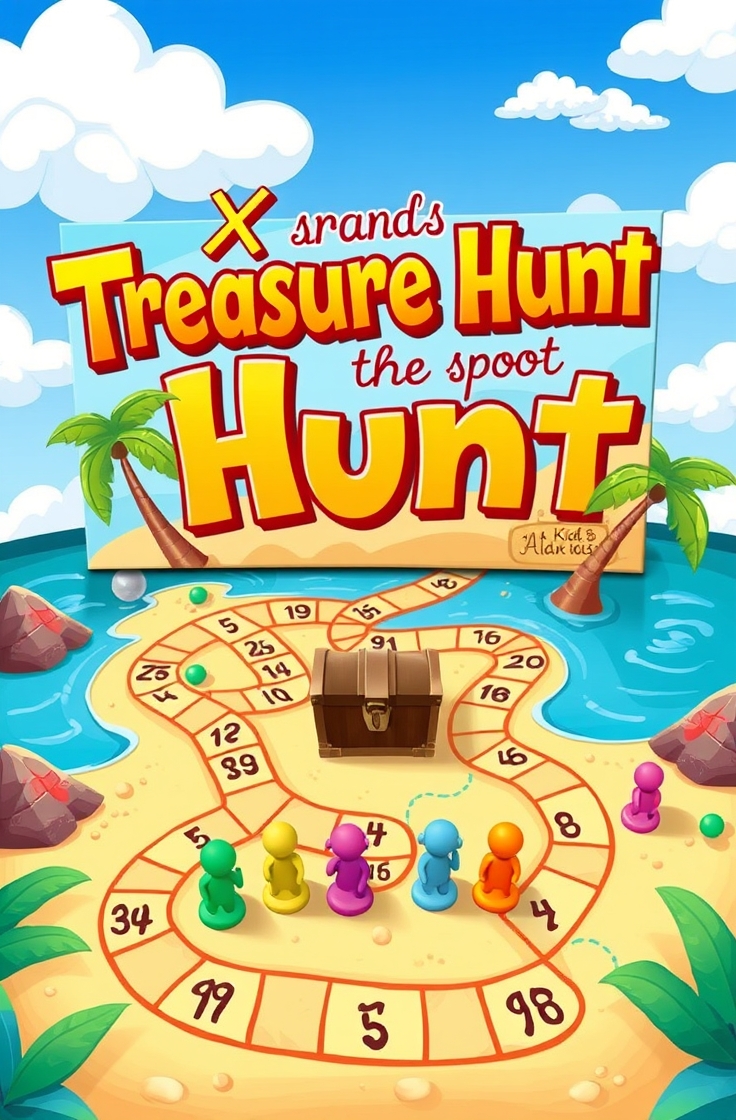
A treasure hunt board game is a great way to add an adventure element to a game board. To create this, draw a large map with different locations marked with symbols or pictures. These locations could be treasure caves, mysterious forests, or hidden castles.
Each player will start at the “beginning” and roll a dice to move around the board. Along the way, they will find clues or treasures, which will help them move forward. The goal is to reach the treasure chest first. This game helps kids develop problem-solving skills and promotes imagination.
7. Race to the Finish Line
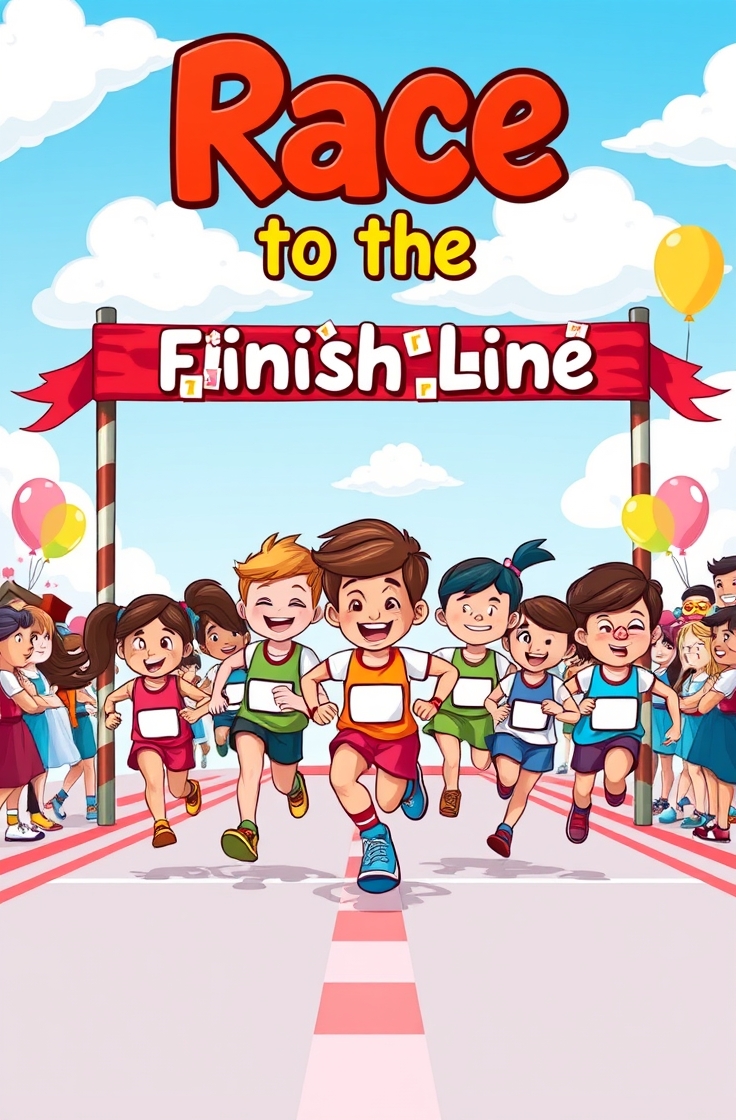
For a fun and fast-paced game, a race to the finish line is simple to make and play. Use a long piece of cardboard or paper to create a racetrack. Divide it into squares and decorate each one with fun drawings, like stars, animals, or fun challenges (e.g., “Skip a turn” or “Move ahead two spaces”).
Players take turns rolling a dice and moving along the track. The goal is to reach the finish line first, but players might have to face challenges along the way. It’s a great game for kids to practice counting and following rules.
8. Build Your Own Monopoly
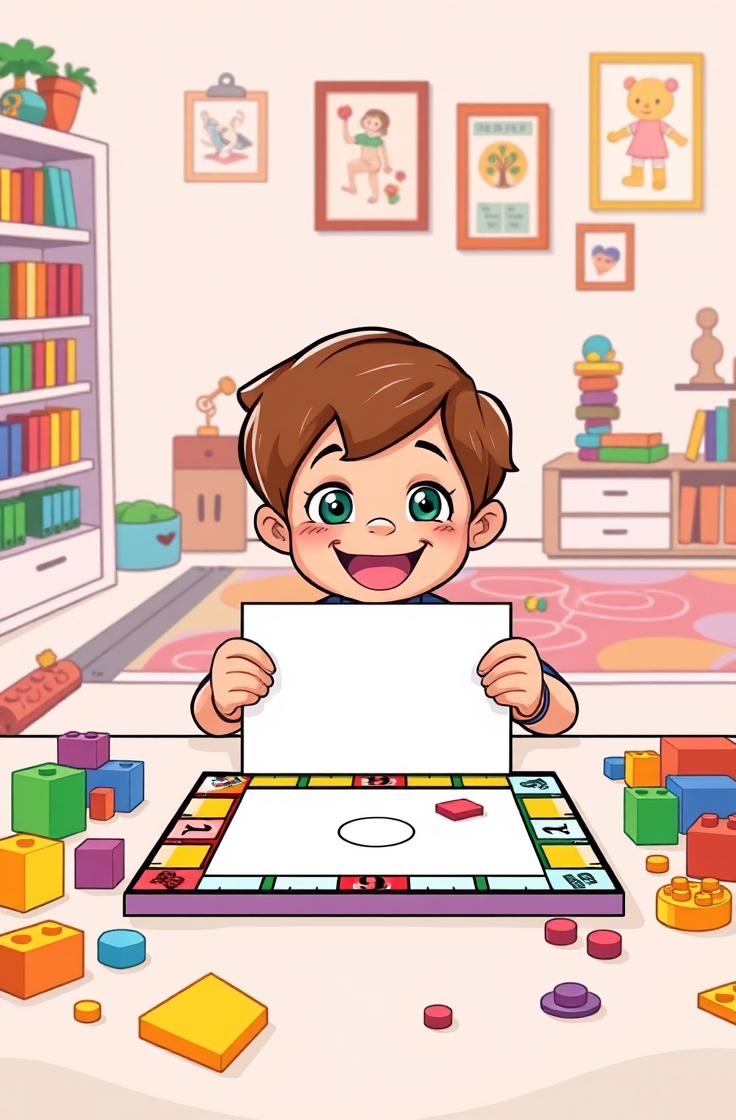
Monopoly is a fun game of strategy and money management. You can create your own version with simple materials. For the board, draw a large square with spaces around the edges. You can label each space with different themes, such as parks, shops, or even local landmarks.
Instead of using money, you can make cards with different rewards or challenges on them. Players roll the dice to move around the board, and they can “buy” or “trade” different items. This game encourages creativity and basic math skills.
9. Puzzle Path Game
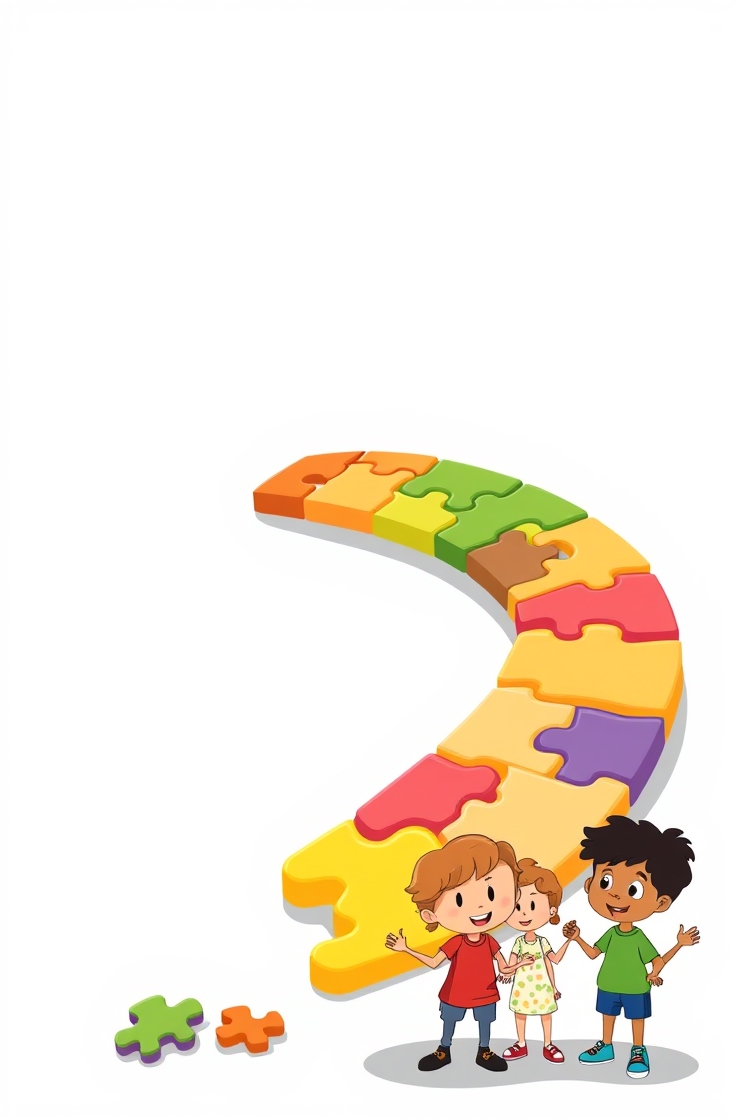
A puzzle path game combines the fun of puzzles with a race to the finish. Create a path of puzzle pieces on a board, with each piece containing part of a picture or a clue. As players move along the path, they complete the puzzle by placing the pieces in the correct order.
To play, roll the dice and move forward the corresponding number of spaces. If a player lands on a puzzle piece, they need to solve it before moving forward. The first player to complete the puzzle and reach the finish line wins. This game promotes problem-solving and visual-spatial skills.
10. Character Adventure Game
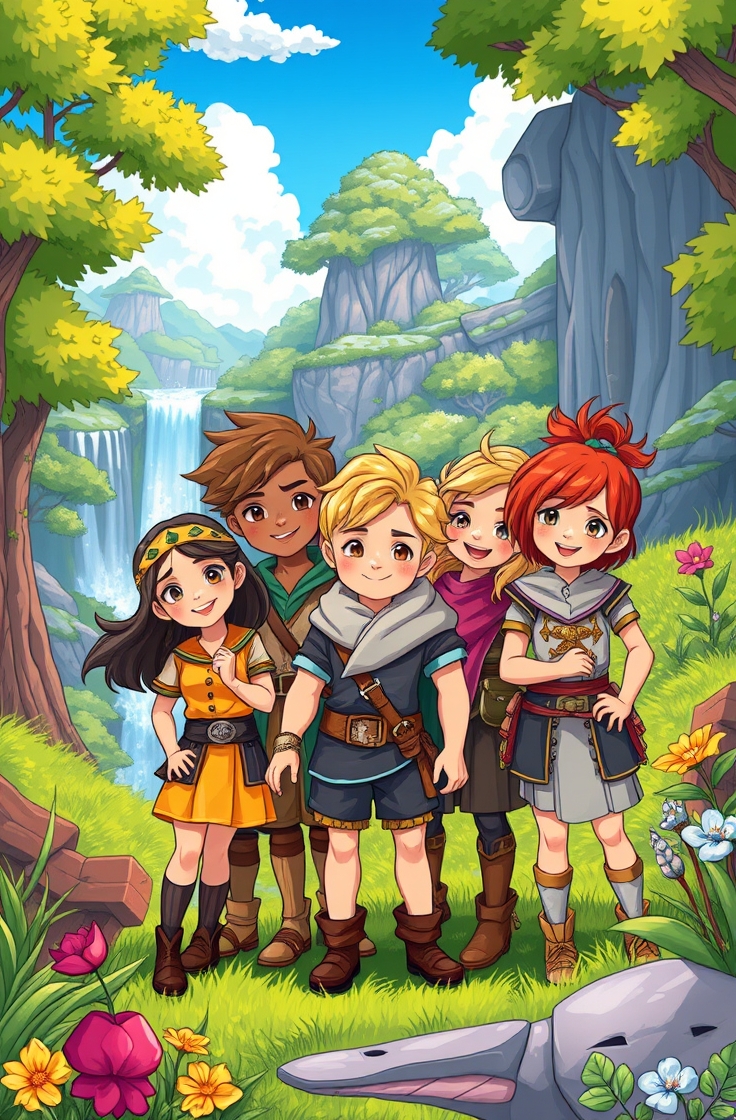
Create an exciting adventure game where kids play as characters on a journey. Start with a simple board with squares marked with different obstacles and challenges. Each player chooses a character, such as a superhero, animal, or explorer.
The players roll the dice to move through different parts of the board. They must complete challenges, such as answering riddles or solving puzzles, to move forward. This game is great for children’s imagination and problem-solving skills, as they get to play as their favorite characters on an exciting adventure.
FAQs
1: How do I make a DIY game board for my kids?
Making a DIY game board is simple. You can use cardboard, paper, or foam board as a base. Draw your grid, path, or spaces with markers, and add fun drawings or pictures to make the game engaging. Customize your game with rules that suit your child’s age and interests.
2: What are the best materials for making a game board?
You can use materials such as cardboard, foam board, or poster paper to make your game board. Markers, colored pencils, or crayons work well for drawing. For small game pieces, you can use coins, buttons, or mini figurines.
3: Are these games suitable for all ages?
Most of these DIY game board ideas can be adjusted based on the child’s age. Younger children can play simpler games like Tic-Tac-Toe or Memory Match, while older children might enjoy more complex games like Monopoly or the Character Adventure Game.
4: How do I make a game board more educational?
To make your game board educational, you can include questions, challenges, or activities that promote learning. For example, you can use math problems, vocabulary words, or riddles in the game to help your child learn while having fun.
Conclusion
DIY game boards offer a wonderful way to engage your kids in creative and educational activities. Whether it’s a classic game like Snakes and Ladders, or an adventurous treasure hunt, these homemade game boards will provide hours of fun. The best part? You can customize each game to suit your child’s interests and learning level. So, gather your materials, get creative, and enjoy making memorable games that your kids will love to play.
